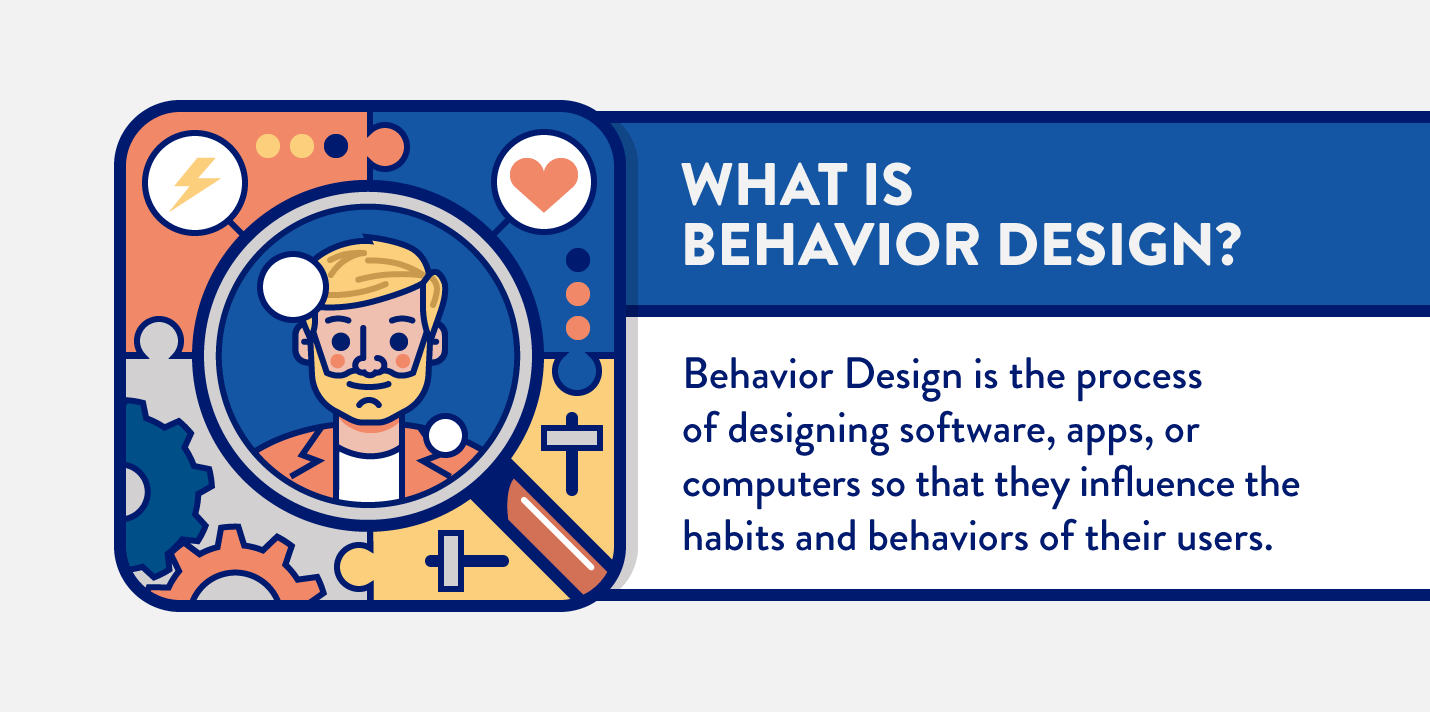Table Of Content
- Opinion: How the Supreme Court should rule on Texas and Florida laws against social media moderation
- Opinion: Does social media rewire kids’ brains? Here’s what the science really says
- Op-Ed: Regulate social media? California still has a plan for that
- Dysfunction of the dopaminergic system in obese subjects
- David A. Wiss
- The Hook Model of Behavioral Design

For instance, rats maintained on an intermittent sugar schedule display cross-sensitization to amphetamine (210) and rats sensitized to amphetamine increase their locomotion when exposed to 10% sucrose solution (211). Furthermore, sucrose intake has been shown to enhance behavioral sensitization induced by cocaine and ethanol (212, 213). Biochemically and behaviorally these two driving forces are not the same although people use them interchangeably saying, “I’m addicted to my smartphone” or “I am obsessed with social media” as though they are the same. Biochemically, addictions typically involve neurotransmitters such as dopamine and serotonin as part of the dopaminergic system plus other brain chemicals. Basically, dopamine motivates the addictive action with the brain’s desire to have more and more while serotonin is responsible for making us feel happy and satiated and then inhibits the need for more dopamine.

Opinion: How the Supreme Court should rule on Texas and Florida laws against social media moderation

UI/UX design aims to create interfaces that are both visually appealing and easy to use. For example, an interface that is easy to use might not be very visually appealing, and vice versa. When a user posts a photo and receives a lot of likes, it sends a signal to the algorithm that the content is engaging and should be shown to more people. This, in turn, leads to more likes and comments, which further reinforces the behavior.
Are dating apps designed to be addictive? Chris Chen offers insights in wake of lawsuit - Today at Elon
Are dating apps designed to be addictive? Chris Chen offers insights in wake of lawsuit.
Posted: Wed, 06 Mar 2024 08:00:00 GMT [source]
Opinion: Does social media rewire kids’ brains? Here’s what the science really says
This need for belonging is deeply ingrained in human nature and makes us more likely to perform specific actions if we see that others are doing them as well. The mechanism used to facilitate this is what is known as an addictive interface. An addictive interface is a type of user interface that encourages repeated use, often by providing positive reinforcement in the form of likes, comments, and shares.
Op-Ed: Regulate social media? California still has a plan for that
This approach takes into account the user's emotional and physical needs, as well as their cognitive ones. It results in products that are not only easy and enjoyable to use, but also good for our mental and physical health. The algorithms are designed to feed users a steady stream of content they didn’t necessarily ask for that keeps them on the app, which is why the algorithms have been called addictive. That content may be more dangerous or extreme than what the user initially searched for or not age-appropriate. This legislation is driven by a growing understanding that social media apps can be addictive and are dangerous to children’s mental health. The American Psychological Assn. urged again this month that policymakers require that tech companies reduce the risks embedded in the platforms.
Journal of Free Speech Law: "Public Health Law's Digital Frontier: Addictive Design, Section 230, and the Freedom of ... - Reason
Journal of Free Speech Law: "Public Health Law's Digital Frontier: Addictive Design, Section 230, and the Freedom of ....
Posted: Fri, 22 Mar 2024 07:00:00 GMT [source]
Dysfunction of the dopaminergic system in obese subjects
Drugs of abuse not only release striatal DA but also block or reverse DA reuptake, creating a more potent reinforcement through the euphoric state (158). Some authors have made the argument that there is no concrete evidence of withdrawal from food, especially when compared to drugs like opioids (159) and that calling food addictive risks trivializing more serious addictions (160). Other arguments against FA have suggested “eating addiction” as behavioral rather than substance-related (161). During free-feeding, ACh increased at the end of a meal (72) and during ingestion of a palatable food it reached a maximum after the animal stopped eating (79, 140). This increment disappeared in sham-fed animals that had a gastric fistula opened compared to controls with a closed gastric fistula (141). Bilateral perfusion in the NAc of the indirect ACh agonist, neostigmine, reduced food intake in food-deprived animals (142).
Changes in DNA methylation appear to modify genetic expression of DA transporter and MOR (240). While more research has been conducted using a high-fat compared to high-sugar model, caloric sweeteners have been shown to favor hedonic over homeostatic mechanisms (241). Hormonal regulation of food reward may partially explain why sucrose is preferred over artificial sweeteners.
David A. Wiss
More and more people are adopting healthier lifestyles, including social media detoxing and overall spending less time in the digital world. Part of the reason for that is, I think, that these large game companies have access to an incredible trove of data. So one thing that a lot of the designers do is they'll release different versions of missions ...
To shift to more intangible harms, the problem of wage stagnation has gotten a lot of headlines in recent years as income inequality grows. The excess productivity has gone towards increasing corporate profits and C-suite pay, but workers have been largely shut out of the monetary benefits. Some of the gains in productivity and efficiency, I suspect, are going directly to social media use, in the absence of increased wages.
days that rocked USC: How a derailed commencement brought ‘complete disaster’
BJ Fogg’s model is another model concerned with consumer behavior change which you might find interesting. Not only the way the content is delivered, but the nature of the content is important to justify the addiction. For example, if a free book streaming platform were invented, would it be as addictive as Facebook, Instagram or Twitter? Seeing a gap between our ideas/intentions and the work we do every day, we have decided to create a more practical guide to provoking change. The buzzing of push notifications, the nagging red bubbles on apps, and endless feeds create the perfect storm of distractions.
It treats workers with respect and fairness, not like objects to be used and discarded. And it understands that the environment is a shared home that we all depend on for our survival, not a dumping ground for toxic waste.In short, humane design is necessary because it is based on principles of justice and care. These are the principles that we must use to build a world that is safe for all of us—a world in which everyone can thrive.
It is time to become more conscious about design ethics, and make responsible choices in the practice of digital product design. As UX designers we have to start considering both the psychological and environmental impacts of our work. We need to shift our perspective of design methodologies, time plan, and road map to humane product design principles. Now is the time to create impact and start healing the broken pieces in humanity. “The Anxious Generation” neglects these subtleties when, for example, it discusses a brain system known as the default mode network.

No comments:
Post a Comment